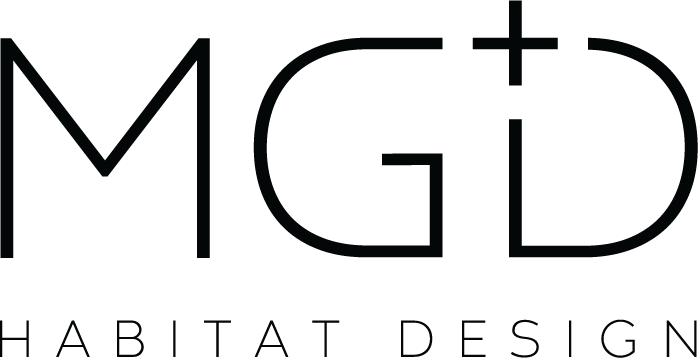Beyond Conventional: Exploring the Intersection of Luxury and Financial Viability in Multi-Family Housing
Luxury multi-family living is ripe for a profound transformation in the ever-evolving real estate development industry.
Residential developers play a vital role in creating more housing to meet the ongoing needs and demands. Yet, today's luxury multi-family residences are expected to be a harmonious blend of sophistication and functionality to be a desirable option—especially at the price point a homeowner will have to pay in this market. The underlying question then becomes whether a multi-unit, multi-family, or mixed-use project will be financially viable and worth the investment to design and build.
Below, we delve into the strategies and principles that underpin our approach to such sought-after properties. These insights come from our team’s experience finding innovative ways to redefine luxury multi-family living to meet the demands of savvy investors and discerning future residents alike.
Keeping up with the Modern Homeowner’s Desires
The success of a luxury multi-unit housing experience can benefit from a deep understanding of the preferences and priorities of today's residents. From urban professionals seeking convenience and connectivity and, perhaps even preferring a space of more modest size to families desiring spaciousness and amenities, developers must tailor their offerings to diverse lifestyles and needs. For instance, layouts can maximize privacy, natural light, and access to outdoor views by focusing on each unit as a unique part of the community.
Engaging the System to Optimize Development Opportunities
Optimizing building plans for infill developments by right and through special permits can maximize the potential of a site. Experience with navigating zoning restrictions and regulations can significantly impact project timelines and create innovative and sustainable design projects that align with the surrounding community's needs and goals. Ultimately, special permits for infill developments can be advantageous for developers wanting to create high-quality, worthwhile MFH, multi-unit, and mixed-use urban environments. For example, a development may go from nine units approved with commercial space and surface parking to ten units with commercial space and underground parking with the proper planning, innovative design, and diplomacy with the building department and community members.
Designing to Meet Code, Luxury, and Financial Viability
With increasing emphasis on environmental stewardship and resilience, building codes are prioritizing standards such as Passivhaus and meeting stricter HERS ratings. Design teams should be prepared to execute these standards from the start of a project to prevent any issues with permitting and, ultimately, passing inspection. Luxury residential designs benefit from balancing thoughtful amenities and unit layouts, energy-efficient systems and resilient design features, and cost-effective construction methods to maximize returns without compromising quality or desirability. For more on the 2024 code updates, visit our Q&A on MA Building Code Changes.
By incorporating strategies like the examples above, we are more likely to create highly desirable and profitable multi-family and multi-unit residences that set new standards for excellence in the real estate industry.


